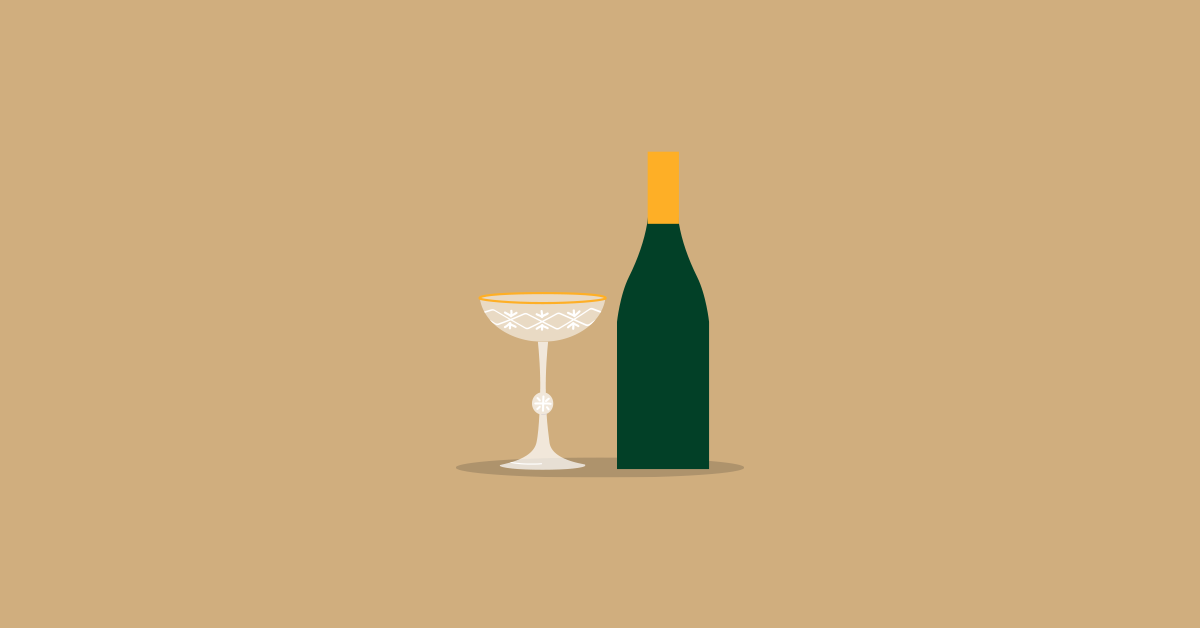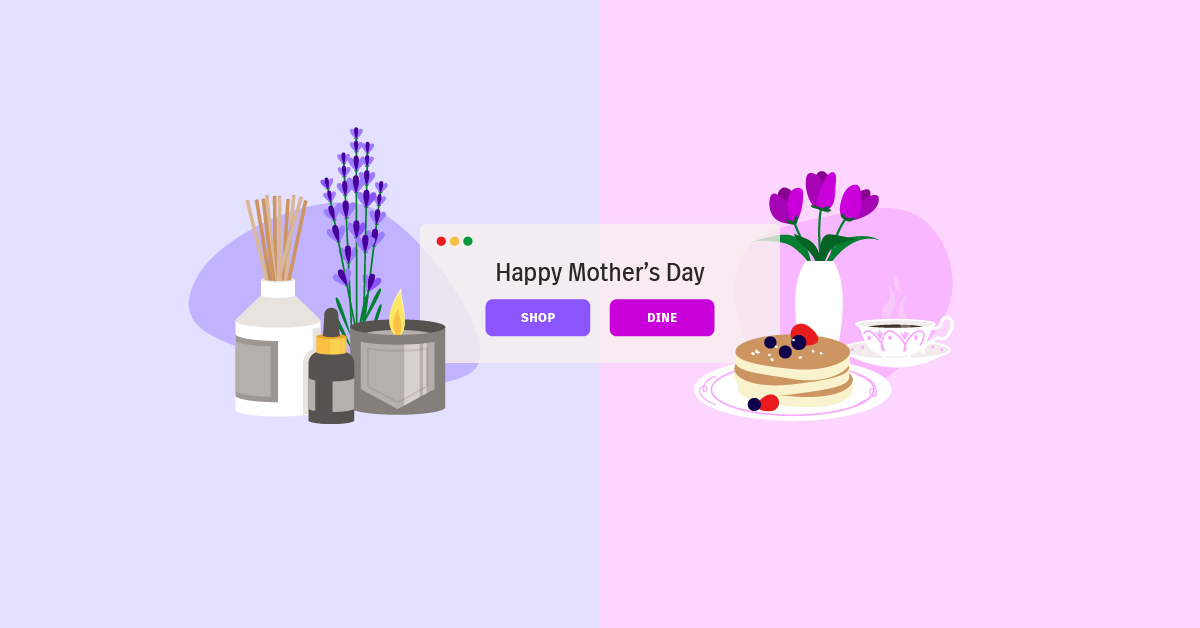
“Come quickly, I am tasting the stars!” Dom Pérignon.
The French Benedictine monk, Dom Pérignon, supposedly made such an exclamation upon tasting the first bottle of sparkling wine. Whether or not this is true or just excellent marketing, no one can deny that bubbles are what make Champagne so special.
Only sparkling wine made in Champagne can be called Champagne, but the technique used in Champagne to add bubbles to their still wine is practiced around the world, and producers that use this technique, methode champenoise, will label their bottles as such. But, how does this work exactly and what does this technique do to the flavor of the wine?
Make next year your best yet
Build on the success of your peers by leveraging the insights of over 2,000 restaurant operators and guests in our 2021 Global State of the Hospitality Industry Report.
Making Champagne, step-by-step
Step 1: First Fermentation
All Champagne makers start by making a still wine. Depending on where in the world this wine is being made, different grapes may be used. In Champagne, the most popular grapes are Pinot Noir, Chardonnay and Pinot Meunier. Bottles labeled blanc de blancs are made from white grapes, and bottles labeled blanc de noirs are made from red grapes. Whatever the particular producer uses, they press the grapes and start the first fermentation as they would any still wine.
Step 2: Blending
Once the still wine is ready to go, many Champagne houses carefully blend the wine to produce their unique house style. In the best years, Champagne houses may produce a vintage-dated bottle using only grapes from that year. More often, they produce non-vintage wines that are carefully blended to produce a wine that is consistent with their unique style. Although a more appropriate term would be a multi-vintage wine, because wine from many different vintages are blended together to produce the desired wine.
Step 3: Second Fermentation
The secondary fermentation is the key step to the wine getting its bubbles. The wines are bottled, and a mixture of wine, sugar and yeast is added to each bottle, and a crown cap is put on the bottle. The bottles are then stored horizontally and the second fermentation begins when the yeast slowly converts the sugar to alcohol and carbon dioxide. Since the bottle is capped, the carbon dioxide has nowhere to go and stays in the bottle in the form of bubbles.
Step 4: Lees Aging
A byproduct of this secondary fermentation is spent yeast cells, called lees, and the wine will now age on the lees for some time before they get removed from the bottle. Champagne itself has strict production rules and all producers must age their bottles on the lees a minimum of 15 months for non-vintage wines and 3 years for vintage-dated bottles. In wine producing regions without such strict rules, the amount of time the wine is in contact with the lees can vary widely. However, producers will always want some time spent on the lees since it is what gives wine made in this method its characteristic yeasty, or bread dough aromas and flavors and adds complexity to the wine.
Step 5: Riddling
After the determined length of aging, producers need to remove the lees by going through a process called riddling. Bottles are placed on special racks at a 45º angle, and every few days the bottles are turned and given a small shake to move the spent yeast cells and sediment down toward the neck of the bottle. The angle of the racks is gradually increased during this process and eventually the bottles are vertical and the neck of the bottle contains all the yeast ready to be removed.
Step 6: Disgorgement
Through a process called disgorgement, the spent yeast cells are removed from the bottle. The neck of each bottle is gently dipped into a freezing solution, causing the yeast cells to freeze together. The crown cap is then released from the bottle and the internal pressure expels the frozen sediment, along with a small amount of wine. Some Champagne houses label their wines with a disgorgement date so consumers know how long the bottle has rested on its lees.
Step 7: Dosage
The small amount of wine lost through disgorgement is then replaced with a dosage, or a small amount of still wine with a particular level of sweetness. The amount of sweetness in that still wine determines the overall sweetness of the wine and will dictate how it will be labeled for the consumer, such as with the terms Extra Brut (less sweet), Brut (dry), Sec (slightly sweet) or Demi Sec (frankly sweet).
Step 8: Corking
With the dosage added, the final cork can now be inserted into the bottle and covered with a wire cage to help the cork stay in the bottle despite the pressure inside the bottle from the bubbles. Bottled for consumption, the Champagne will now rest for either a few weeks or several years, depending on the winery and style desired.
Many people wonder why Champagne and sparkling wine is considered more special than other varietals, and the answer is partly because of the additional steps required to produce the wine and the unique flavors that come from this process. Clearly, Dom Pérignon was onto something when he saw those little bubbles floating up in his glass. Cheers!

Optimize your menu
Learning what makes Champagne unique is just the tip of the iceberg when it comes to optimizing and customizing the perfect menu. The vital data contained within your POS system is another great tool to help you understand what your customers love and despise. Don’t have a POS? Talk to one of our hospitality experts and learn how Lightspeed Restaurant can help you today.

News you care about. Tips you can use.
Everything your business needs to grow, delivered straight to your inbox.



